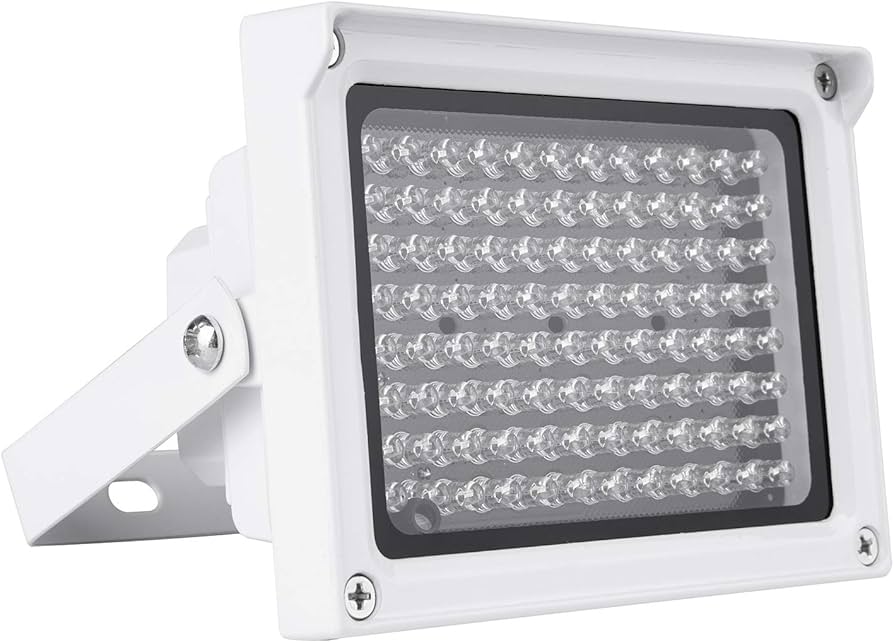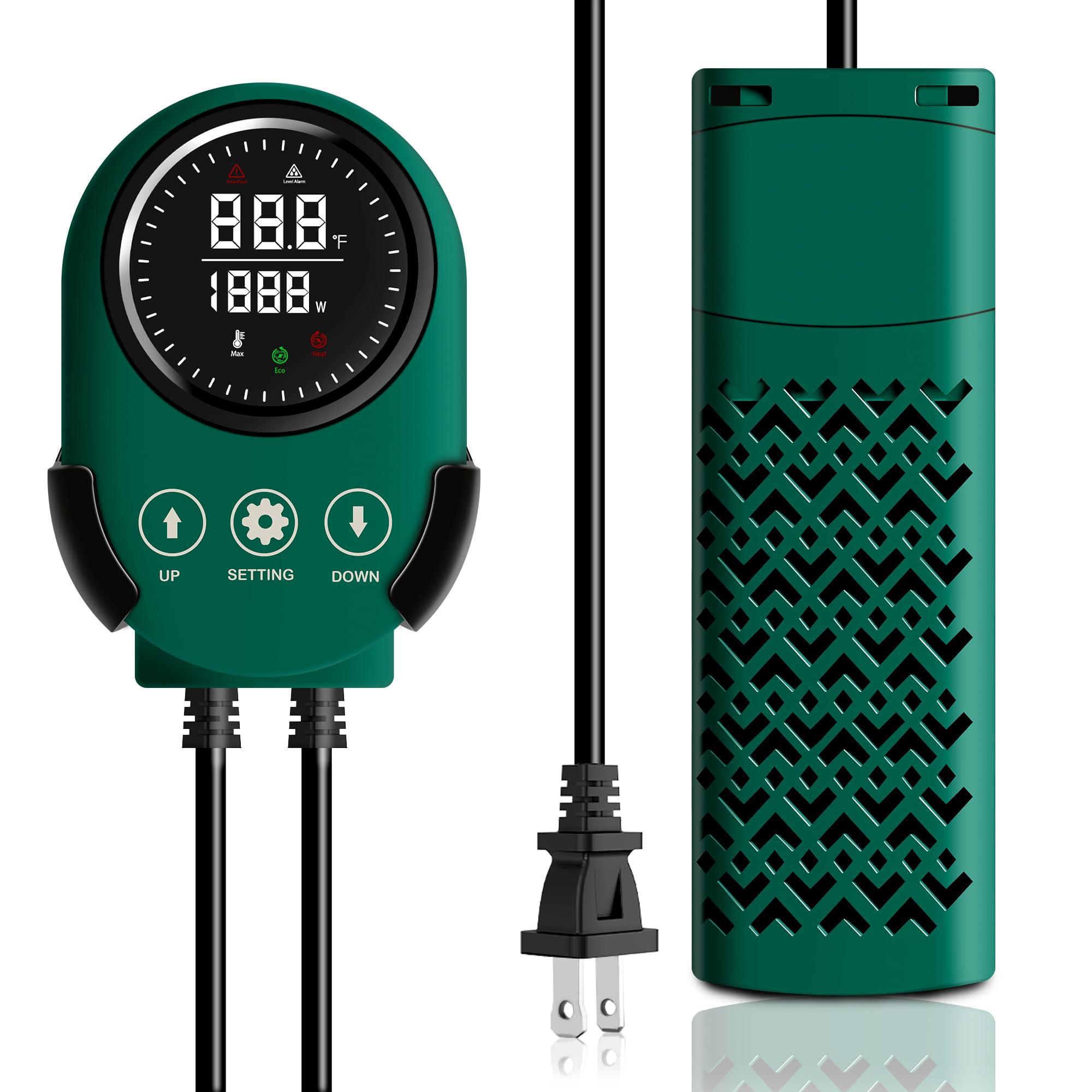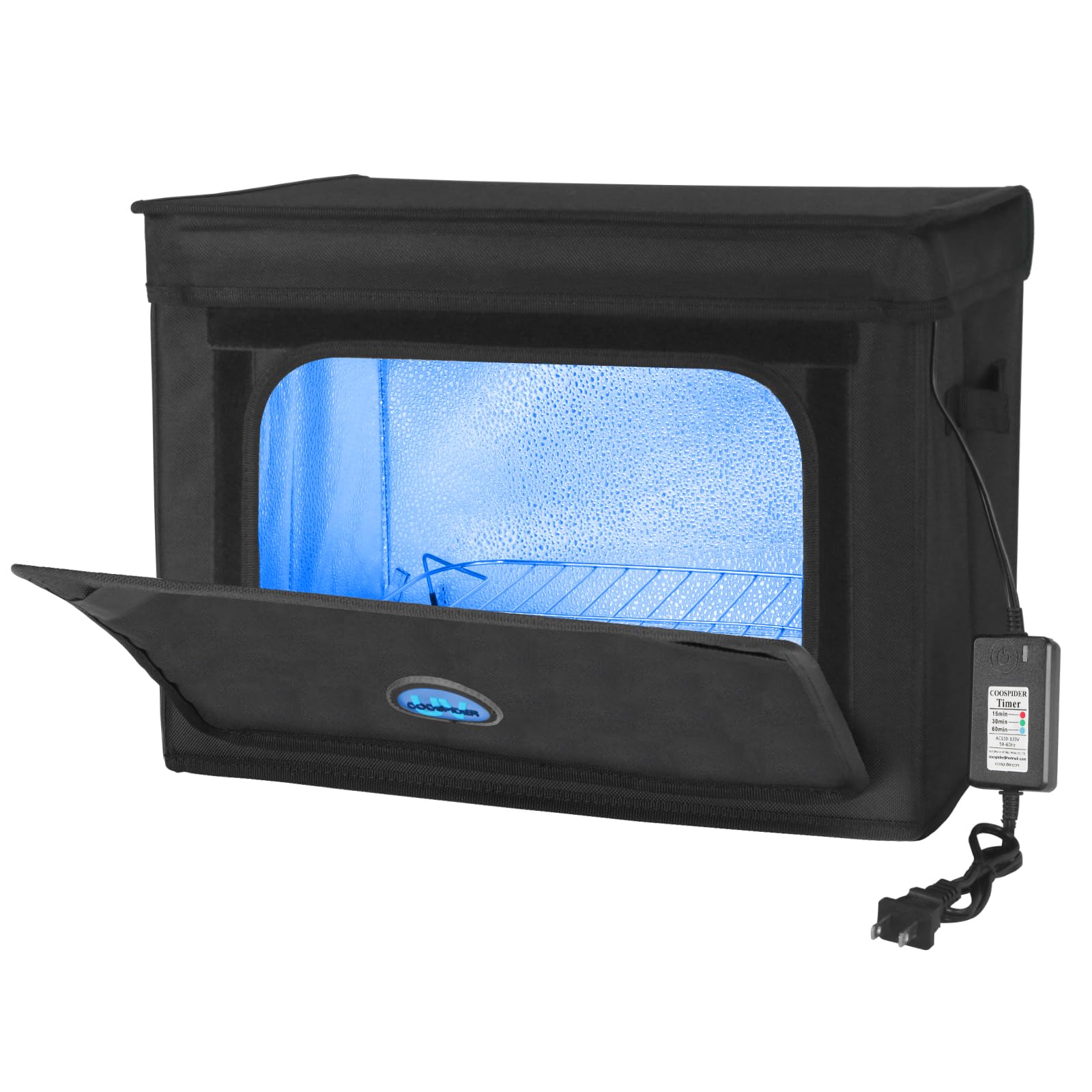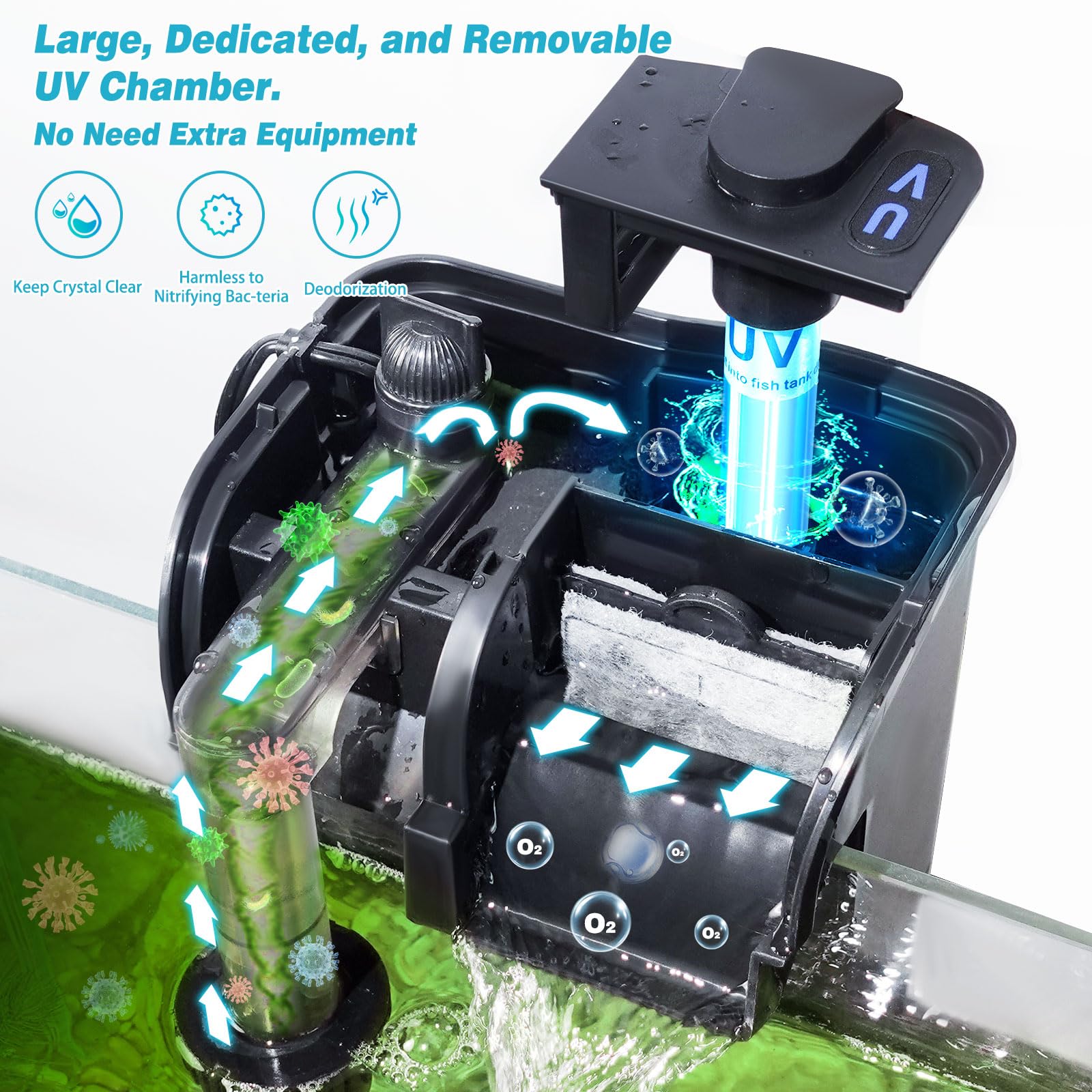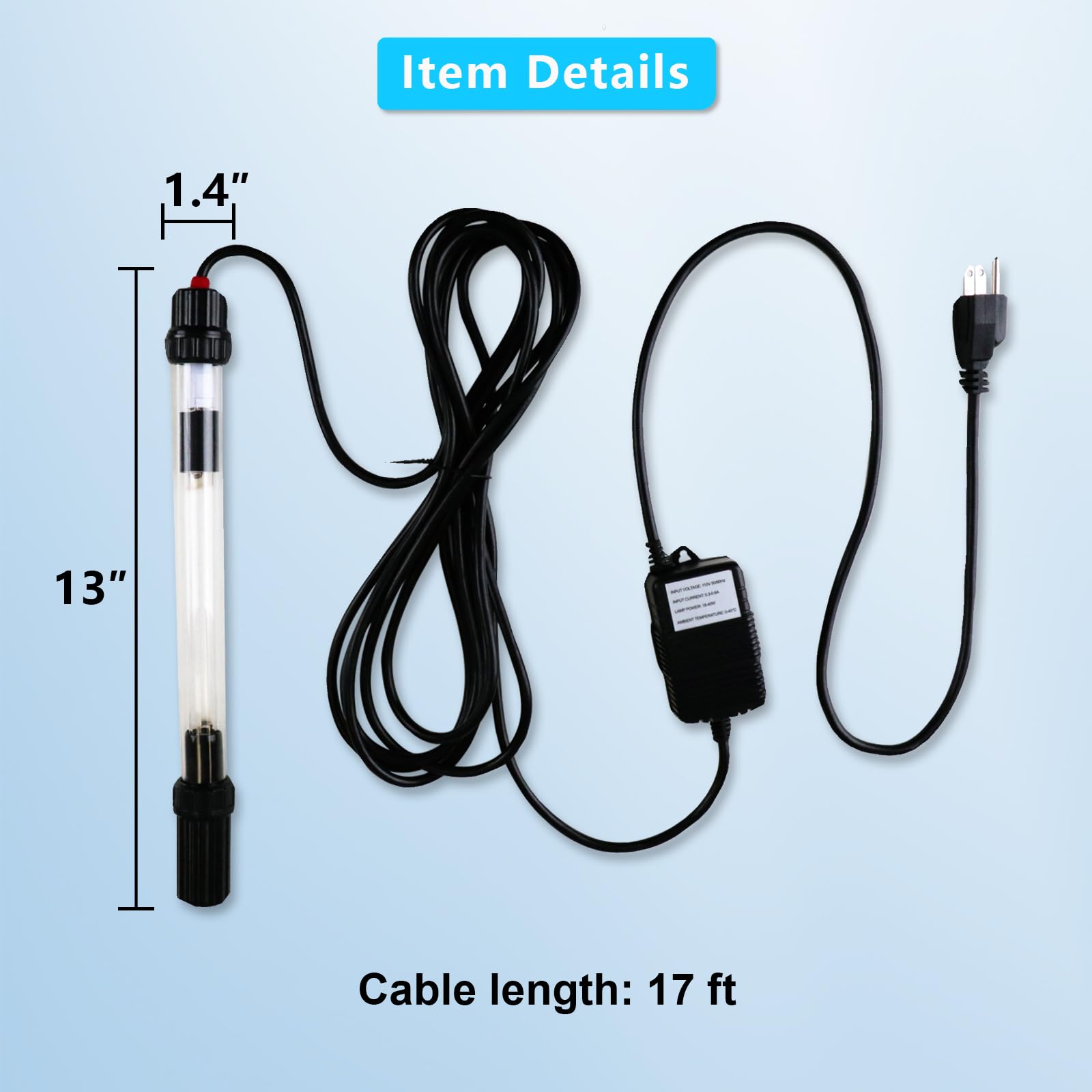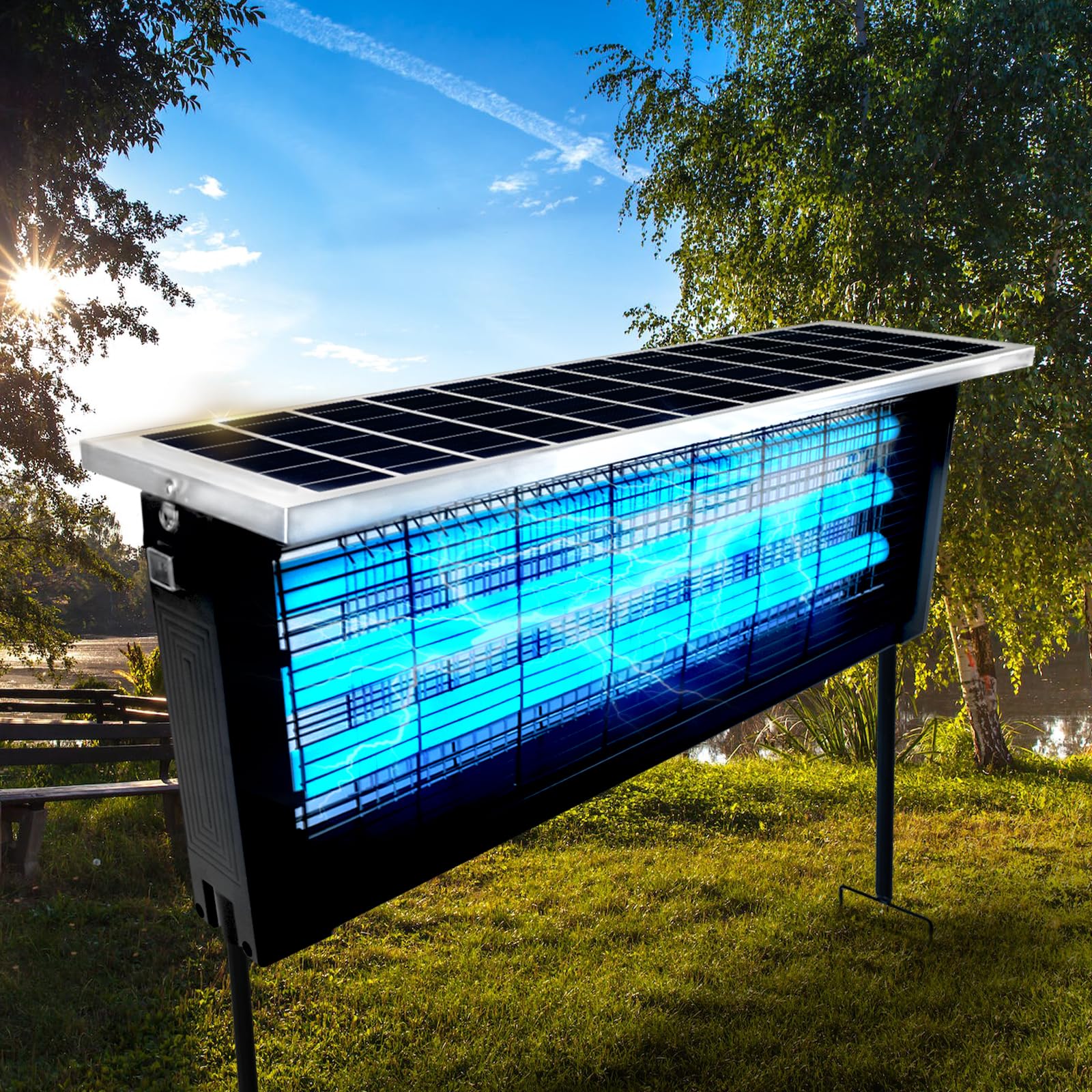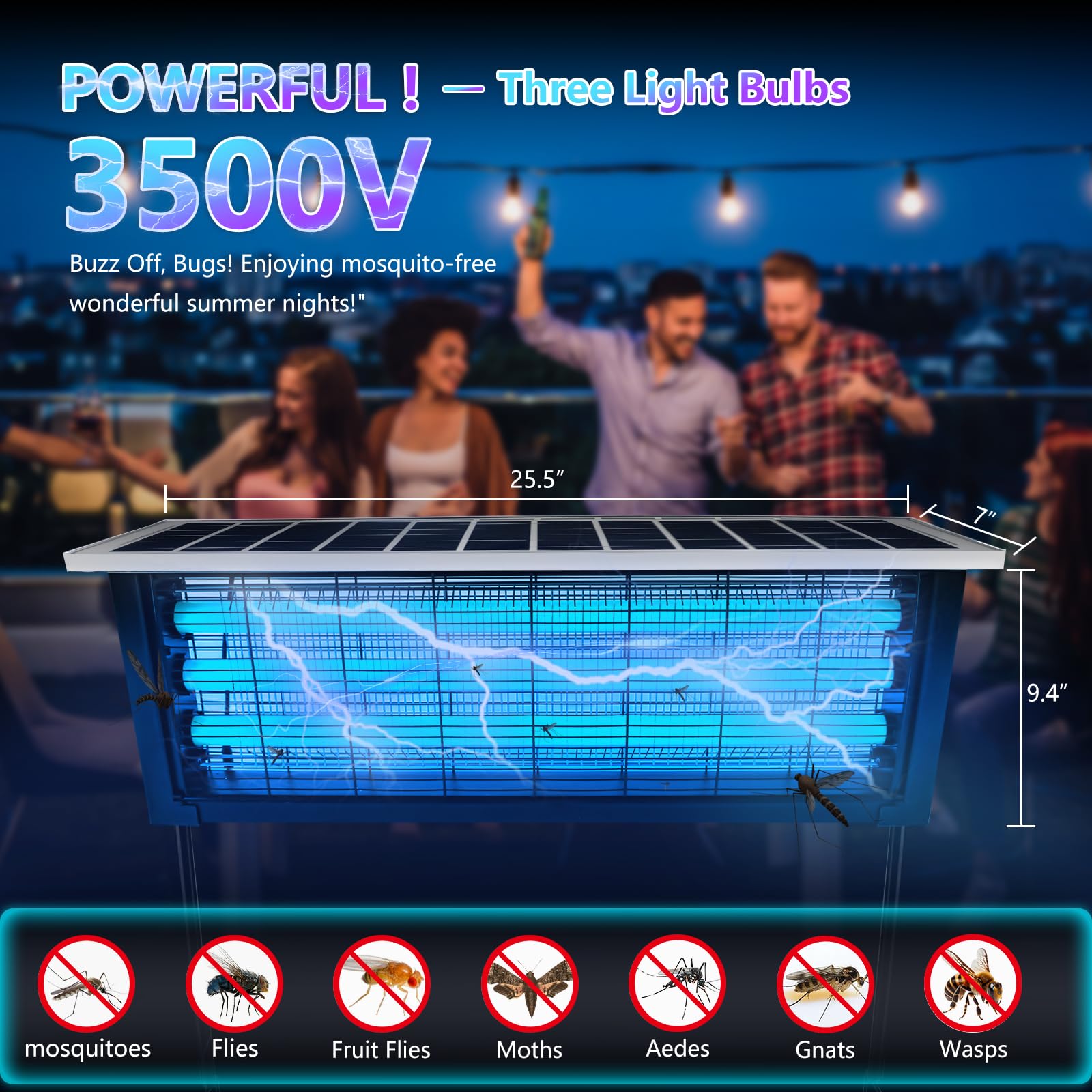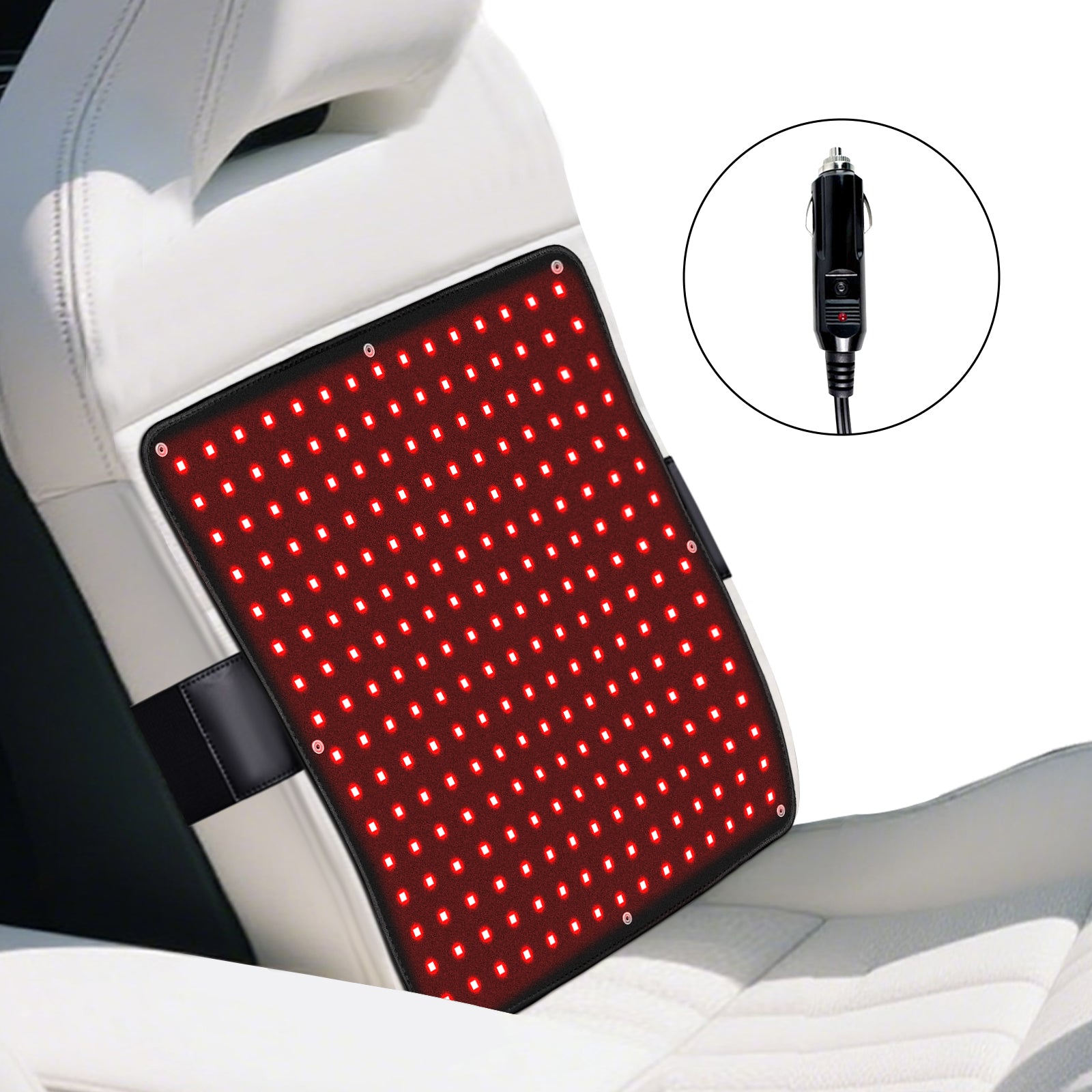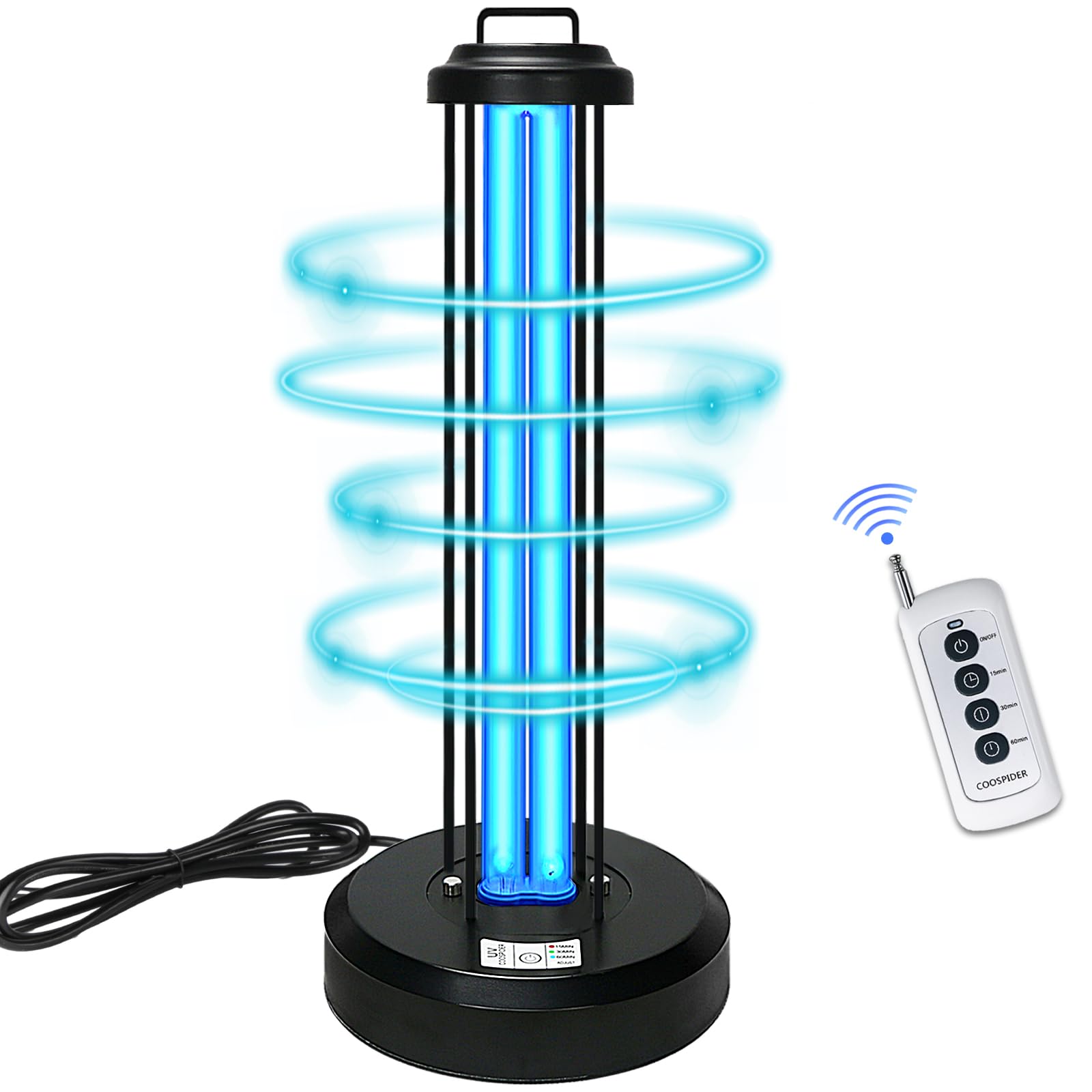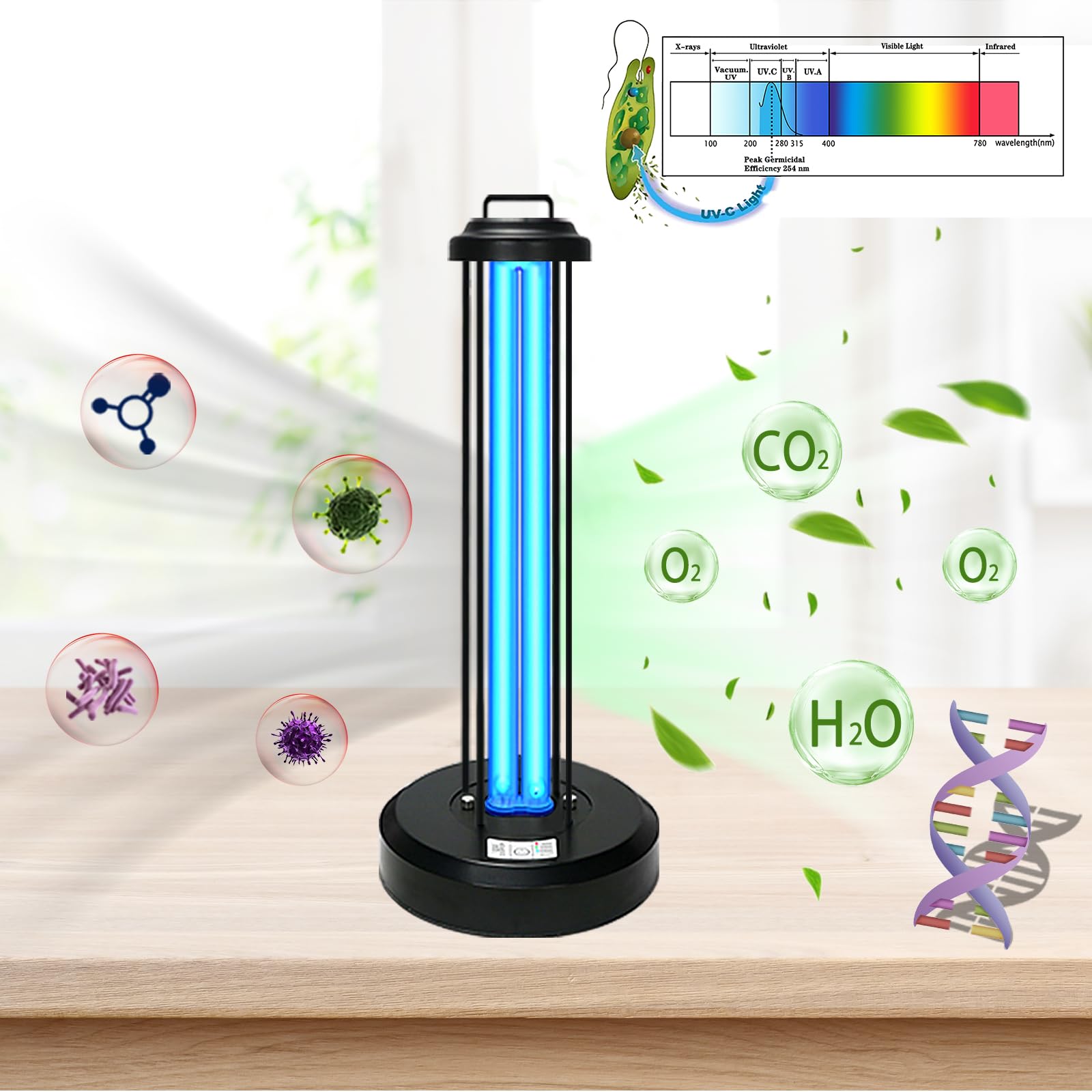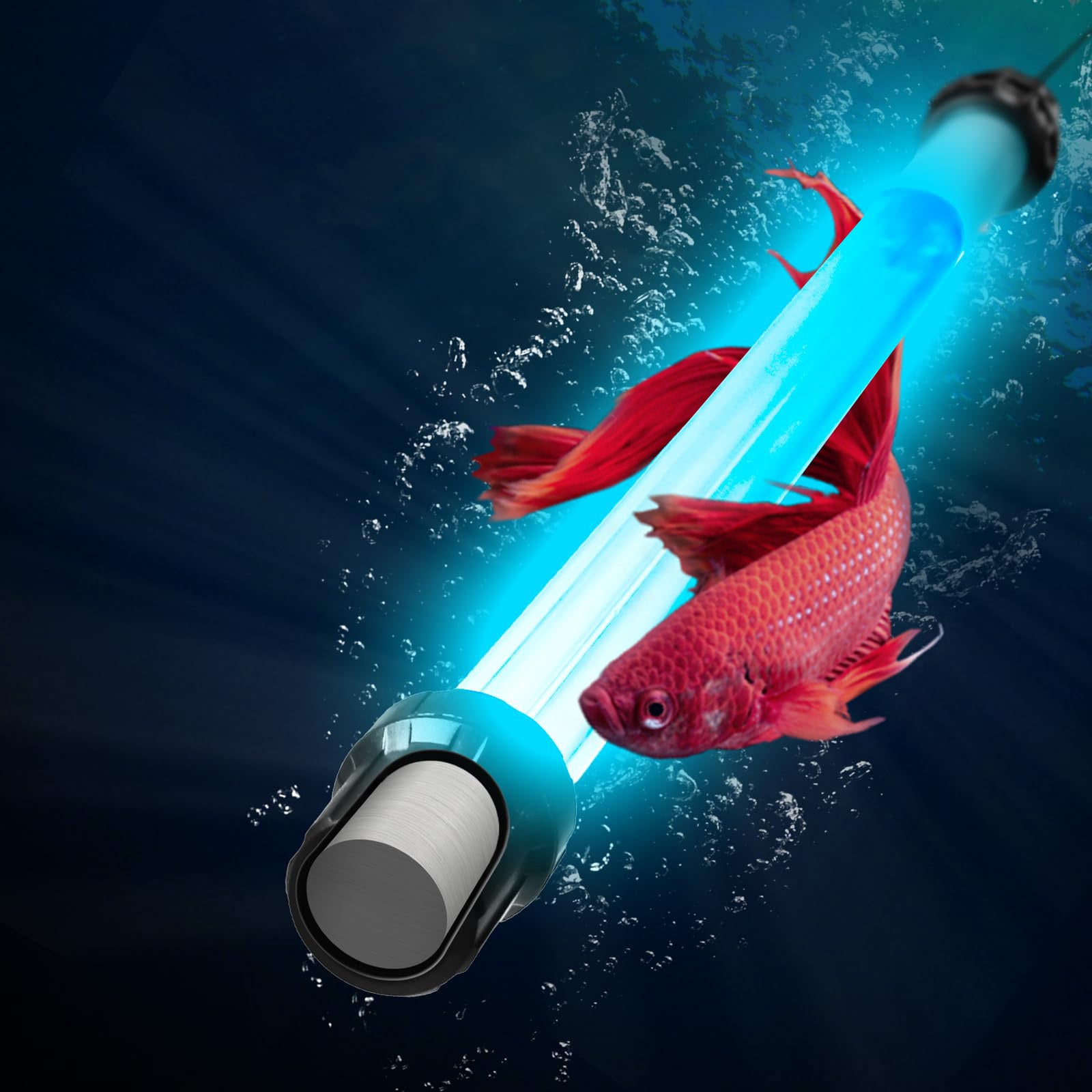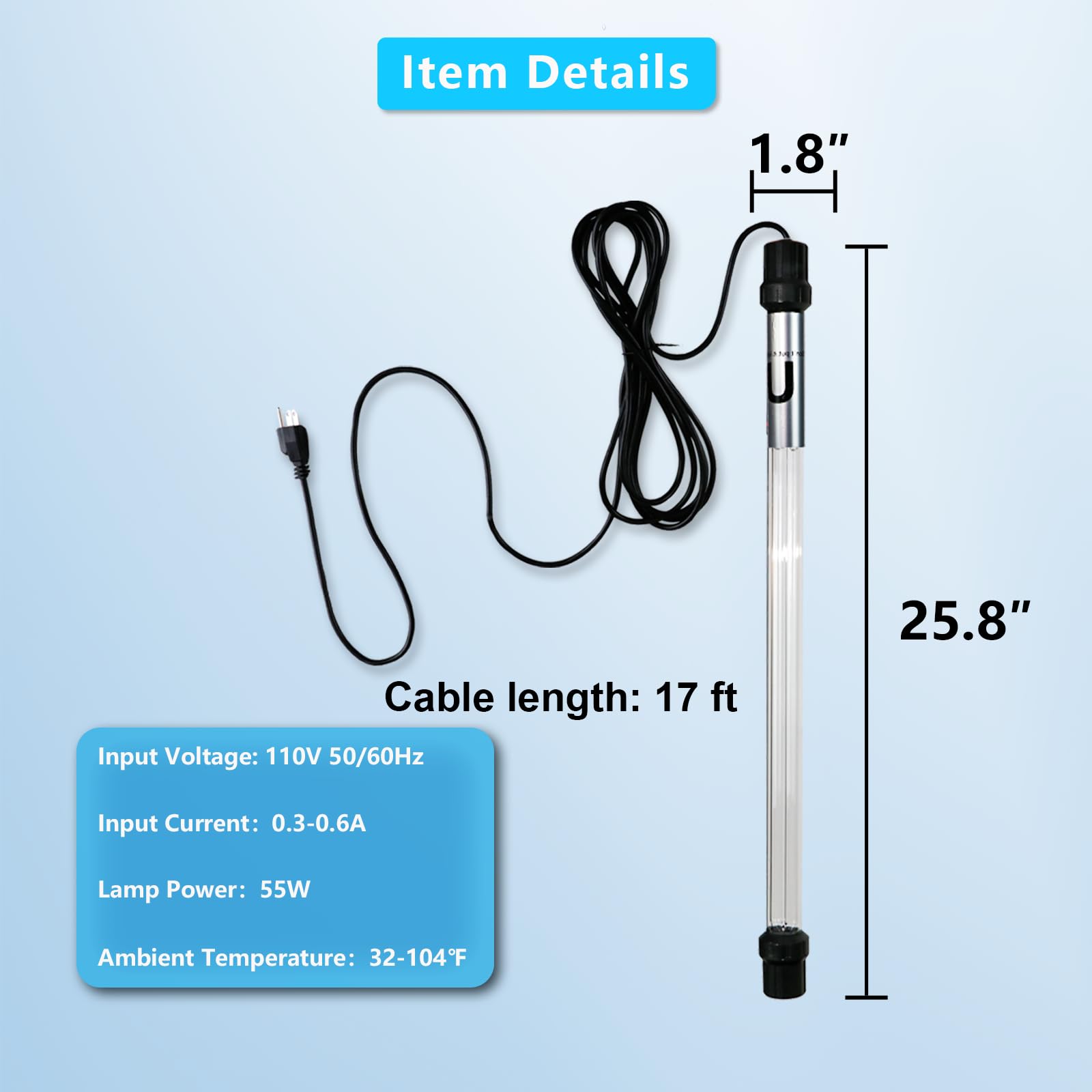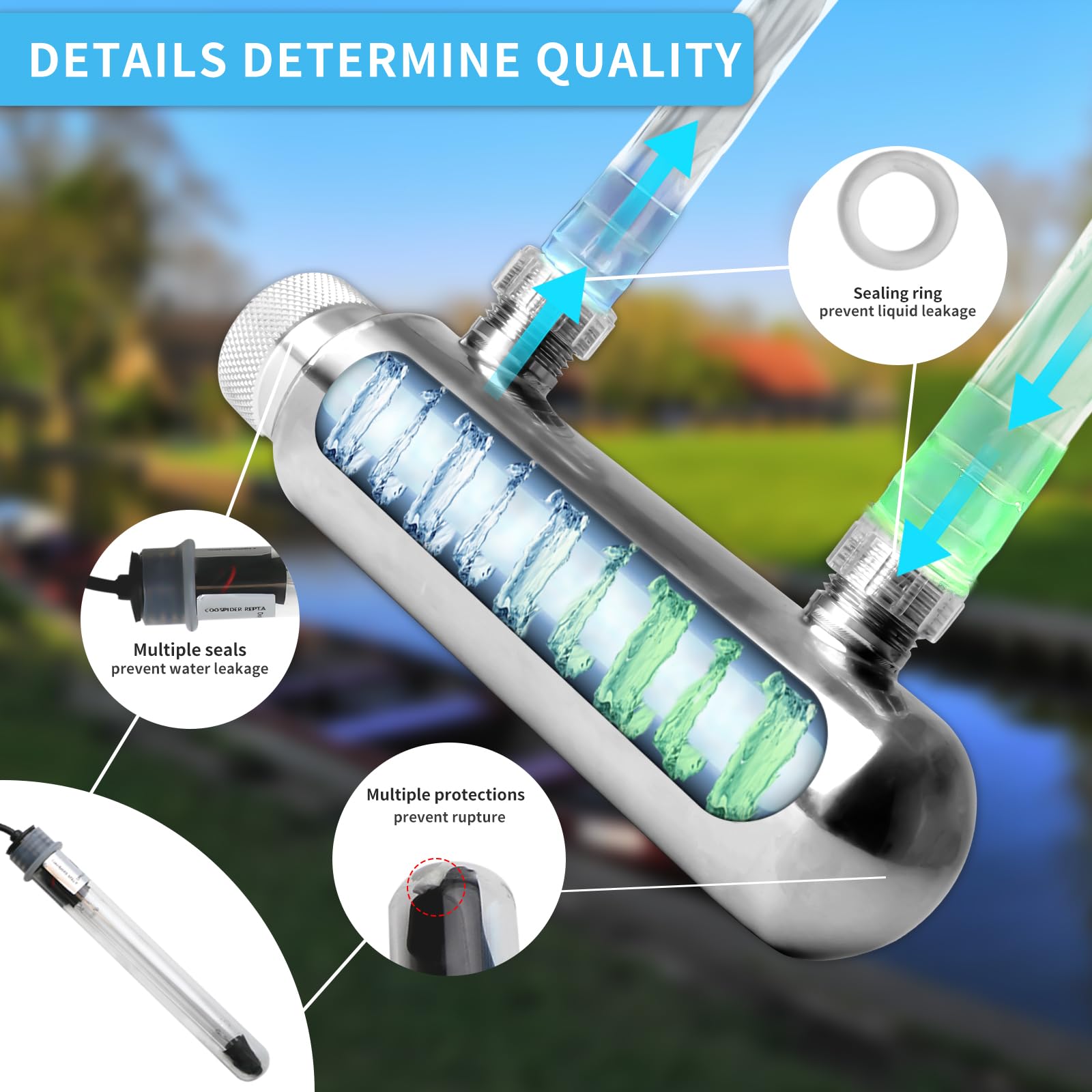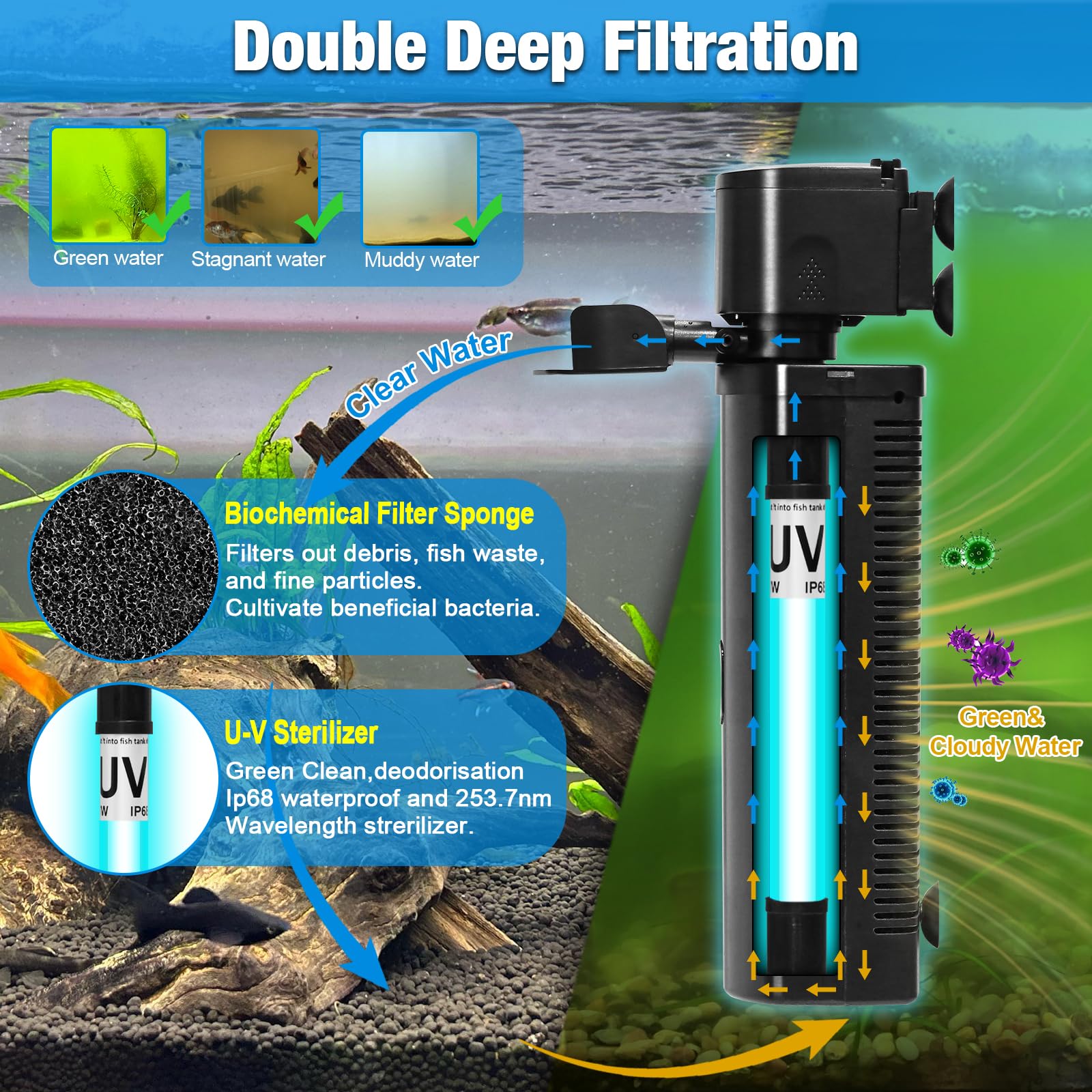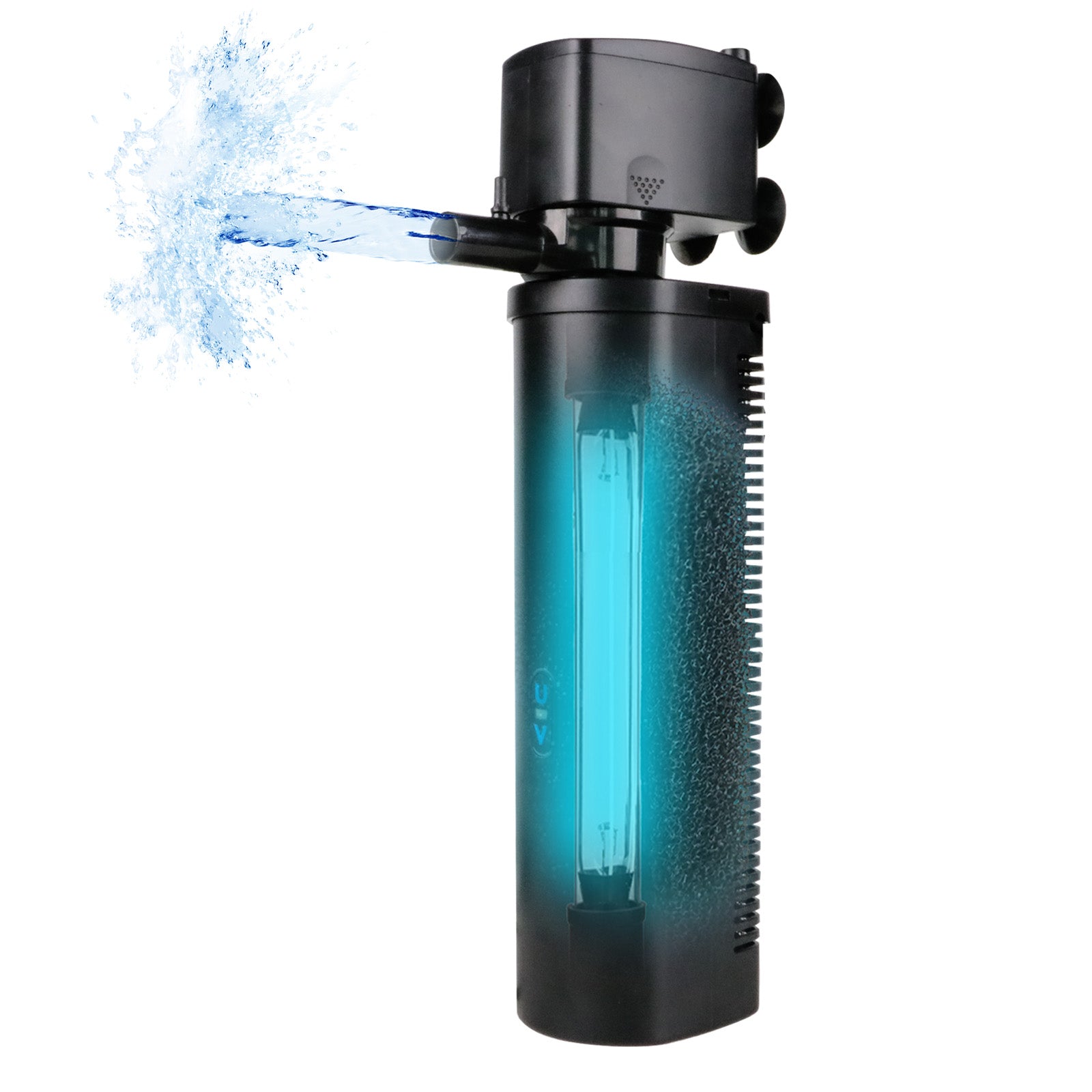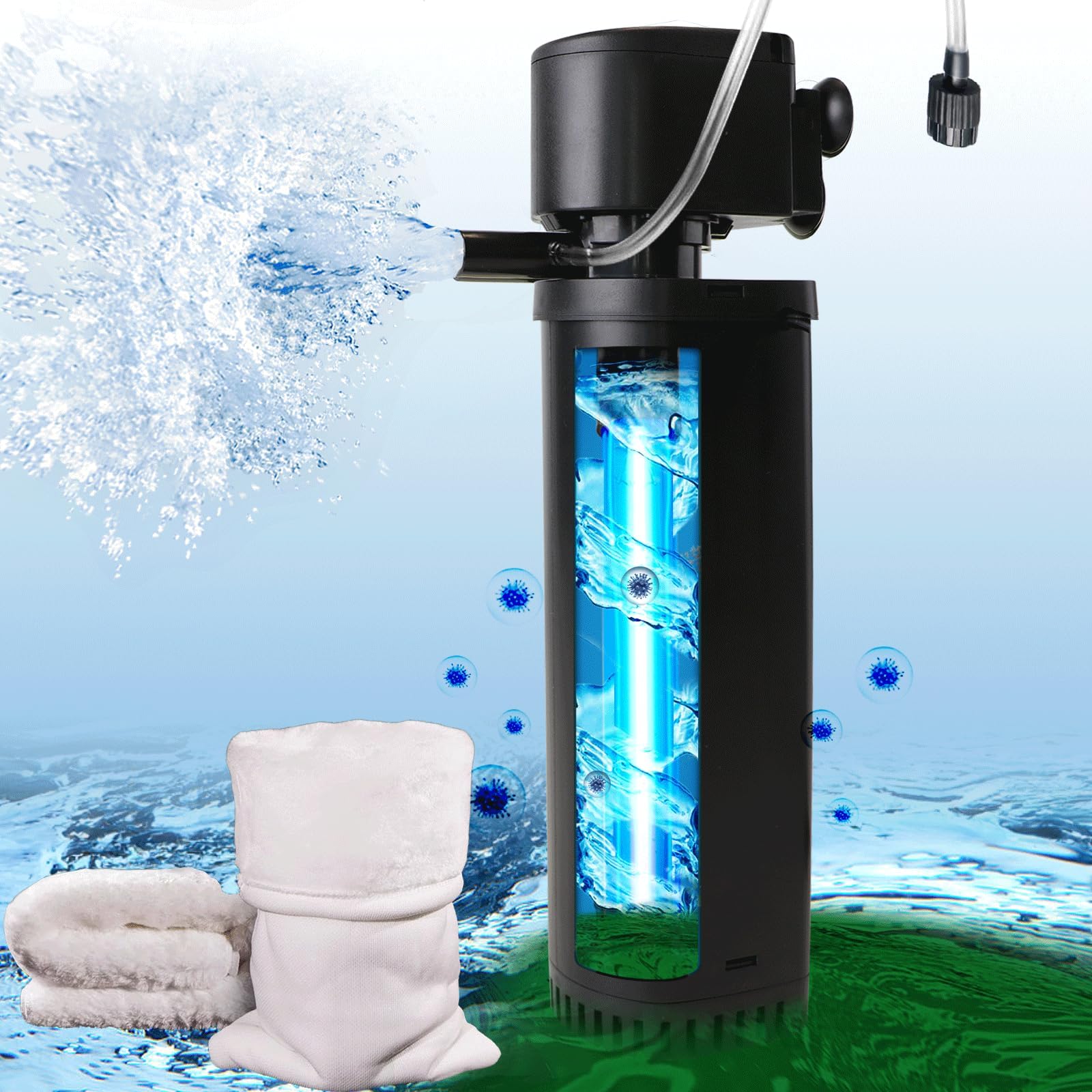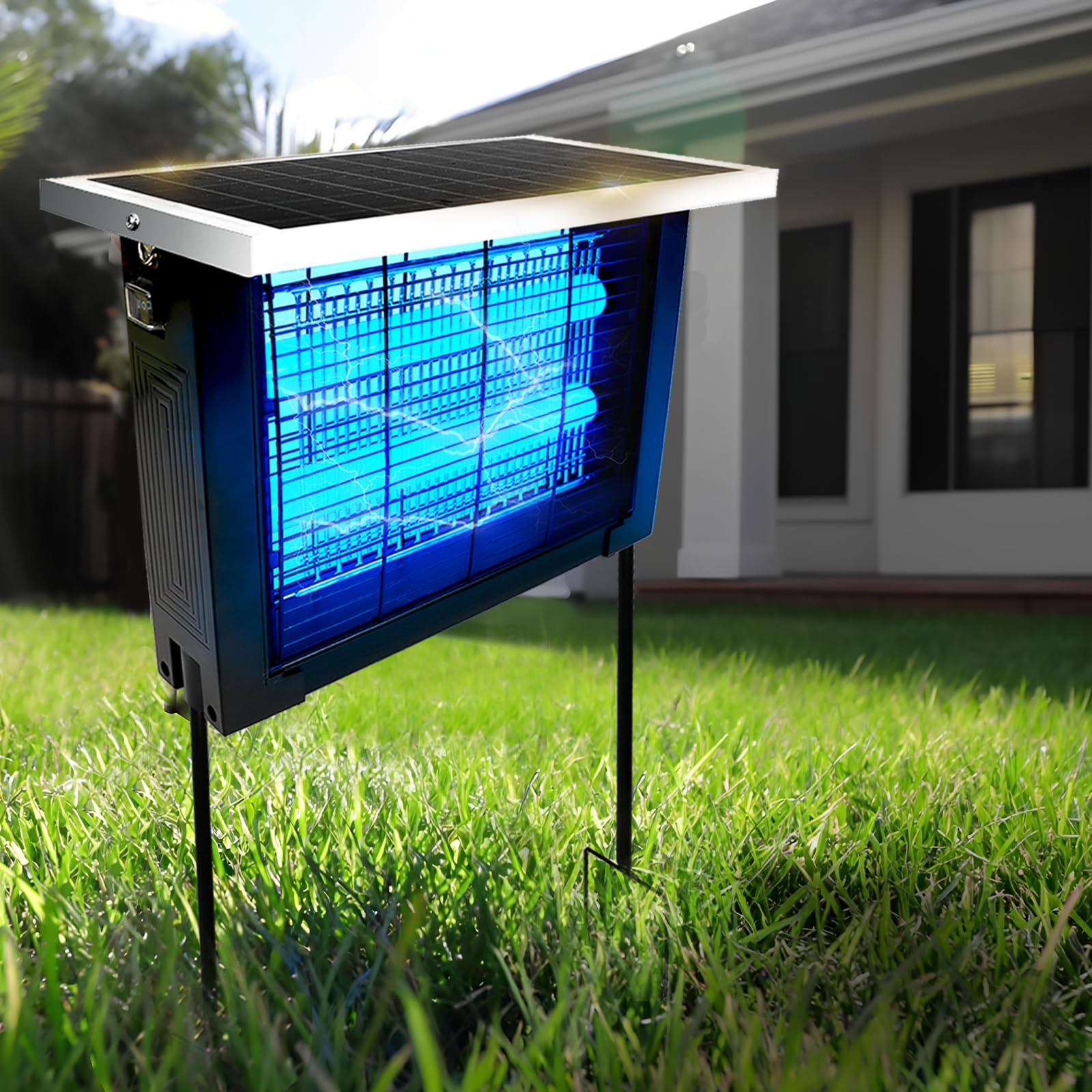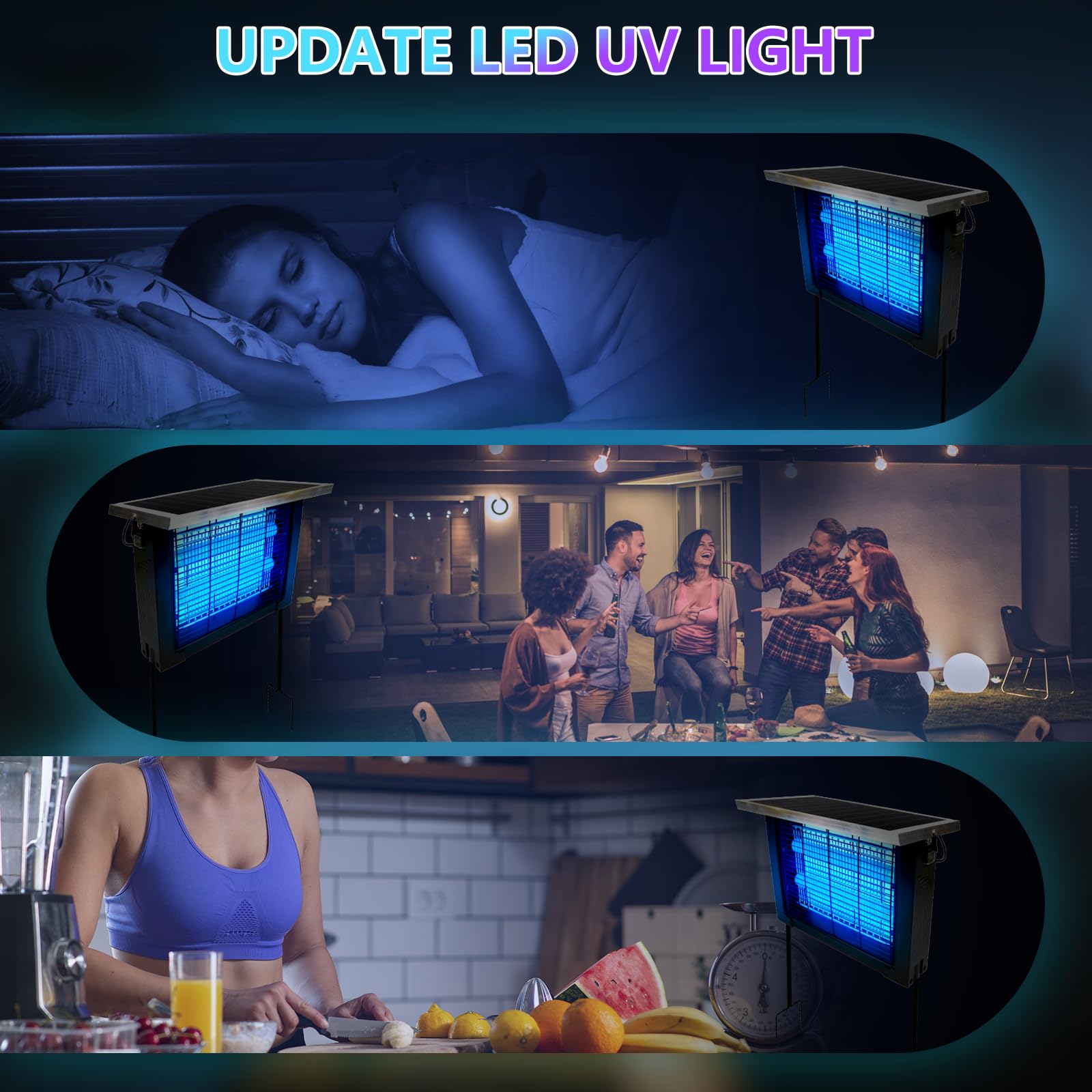In recent years, the rapid development of infrared (IR) lighting technologies has transformed the night-vision and security industries. From military reconnaissance to commercial surveillance, from wildlife monitoring to smart-home protection, infrared specialty lamps have quietly become one of the most important—yet least understood—lighting tools of the modern world.
Unlike visible-light illumination, infrared light is invisible to the naked eye. It allows cameras, sensors, and detection systems to “see” in total darkness without disturbing environments or alerting potential intruders. As a result, IR lighting has become the backbone of low-light imaging, intelligent monitoring, and covert operations.
This 4,000-word deep-dive explores the science behind infrared specialty lamps, their technological evolution, and the groundbreaking ways they are reshaping night-vision and security applications worldwide.
1. Understanding Infrared Light: The Foundation of Night Vision
Infrared radiation occupies the electromagnetic spectrum just beyond visible red light, typically in wavelengths ranging from 700 nm to 1 mm. However, for night-vision and security applications, the most commonly used wavelengths fall into two categories:
-
850 nm IR — slightly visible as a faint red glow; provides excellent imaging clarity
-
940 nm IR — completely invisible to the human eye; best for covert surveillance
Both wavelengths work with CMOS and CCD cameras, creating clear sensitivity profiles ideal for modern IR illumination.
1.1 Why Infrared Matters
IR light is essential because:
-
Human eyes cannot detect it, allowing covert observation
-
Cameras with IR sensors can capture images in zero-light conditions
-
IR beams travel long distances and work consistently across different environments
-
It enables non-intrusive, no-glare nighttime monitoring
These characteristics make infrared specialty lamps invaluable across industries.
2. The Evolution of Infrared Specialty Lamps
Infrared lighting began with early incandescent bulb designs, but modern IR lamps are far more efficient and targeted. Today’s specialty IR lamps rely on:
2.1 LED Infrared Lamps
The most advanced and widely used solution today. Benefits include:
-
High energy efficiency
-
Low heat output
-
Long lifespan
-
Compact form factor
-
Fast response and stable wavelengths
2.2 Halogen Infrared Lamps
Still used in specific industrial and scientific environments requiring:
-
High thermal output
-
Broad-spectrum IR radiation
-
Precision heating
2.3 Laser Infrared Lamps
Used for:
-
Long-distance night vision
-
High-precision detection
-
Military targeting and range-finding
Laser IR is extremely powerful but requires strict safety regulations.
3. Key Performance Indicators of Infrared Specialty Lamps
Understanding critical performance metrics is essential for selecting the right IR lamp.
3.1 Wavelength
Determines visibility and range.
850 nm = best clarity; 940 nm = best stealth.
3.2 Beam Angle
Narrow beams → long distance
Wide beams → broad coverage
3.3 Radiant Intensity
Higher intensity extends detection range and improves low-light detail.
3.4 Heat Output
Low heat is critical for devices installed in enclosed or temperature-sensitive environments.
3.5 Compatibility with Night-Vision Sensors
Cameras vary in IR sensitivity; optimal pairing yields significant performance improvements.
4. Night Vision Technologies Powered by Infrared Lamps
Infrared specialty lighting enables several core night-vision technologies.
4.1 Passive Night Vision
Uses ambient IR (starlight or moonlight).
Not dependent on artificial IR lamps.
Applications:
-
Military binoculars
-
Night-vision scopes
-
Low-light photography
4.2 Active Night Vision
Uses IR illumination from LEDs or lasers.
Advantages:
-
Full visibility in complete darkness
-
High clarity and detail
-
Works with standard security cameras
Common Uses:
-
CCTV systems
-
Home security cameras
-
Vehicle monitoring
-
Wildlife monitoring
Active night vision is the core area where IR specialty lamps shine.
4.3 Thermal Imaging
Not dependent on IR lamps, but complementary.
How It Works:
-
Detects heat signatures
-
Works through smoke, fog, and light obstacles
Where IR Lamps Enhance It:
-
Mixed surveillance systems
-
Hybrid detection for security zones
-
Industrial inspection
5. Innovative Applications of Infrared Specialty Lamps in Night Vision & Security
Now let’s explore the specific innovations and real-world use cases reshaping the industry.
5.1 Advanced CCTV and IP Surveillance Systems
Infrared lamps are revolutionizing modern video surveillance.
Key Innovations:
1. Extended Night-Vision Range
High-power IR LEDs now illuminate up to:
-
100–300 meters for commercial systems
-
500–1,500 meters for military-grade setups
This makes nighttime monitoring far more reliable.
2. Smart Adaptive IR Technology
AI-assisted systems automatically:
-
Adjust IR brightness to avoid overexposure
-
Balance illumination for multiple targets
-
Reduce power waste
3. IR for 4K and 8K Low-Light Cameras
Higher resolution sensors require stronger IR to maintain clarity.
4. Invisible Covert Surveillance
Using 940 nm LEDs eliminates visible red glow, ideal for:
-
Hidden cameras
-
ATM machines
-
Parking lots
-
Residential entrances
This makes IR specialty lamps central to modern security design.
5.2 Smart Home Security
Infrared technology is a major driving force behind smart home innovation.
Common Applications:
Video Doorbells
-
IR illumination enables human detection
-
Works even in pitch-black environments
Indoor/Outdoor IP Cameras
-
Invisible IR ensures discreet monitoring
-
Prevents disturbing sleeping people or pets
Smart Alarms & Motion Sensors
Many motion detectors use passive infrared (PIR) sensors to:
-
Recognize body heat
-
Detect real movement (not shadows or insects)
IR motion detection is the heart of home-security automation.
5.3 Automotive Night Vision & Driver Assistance Systems
Vehicles increasingly rely on IR specialty lamps for safety at night.
1. Pedestrian & Animal Detection
IR enables cameras to detect warm objects beyond headlight reach.
2. Lane Recognition at Night
Infrared helps onboard systems read lane markers in low-light environments.
3. Advanced Driver Assist Systems (ADAS)
IR lamps enhance:
-
Collision avoidance
-
Nighttime braking
-
Driver monitoring (eye tracking)
4. In-Vehicle Covert Monitoring
Taxis, police cars, and logistics fleets use IR cameras inside cabins without emitting visible light.
5.4 Military & Tactical Applications
Infrared lighting is a cornerstone of modern defense systems.
1. Night-Vision Goggles & Scopes
IR specialty lamps enhance clarity for:
-
Navigation
-
Reconnaissance
-
Surveillance
-
Target tracking
2. IR Laser Illuminators
Used for aiming and target designation.
3. Covert Battlefield Lighting
940 nm IR lamps enable silent, invisible communication between units.
4. Perimeter Monitoring
Military bases rely on long-range IR illumination to detect intrusions without visible lighting.
5.5 Law Enforcement and Emergency Response
Police, firefighters, and search-and-rescue teams benefit from IR innovation.
1. Covert Operations
IR lamps help officers:
-
Monitor suspects at night
-
Conduct stakeouts discreetly
-
Reduce risk during tactical missions
2. Search and Rescue
Infrared illuminators help locate:
-
Lost hikers
-
Injured individuals
-
Victims in disaster zones
Even in low-visibility conditions.
3. Traffic Monitoring
IR cameras capture:
-
License plates
-
Driver behavior
-
Accident details
Regardless of lighting conditions.
5.6 Industrial and Infrastructure Security
Critical infrastructure depends on IR lighting.
Applications:
-
Power plant perimeter surveillance
-
Oil & gas facility safety monitoring
-
Airport and railway protection
-
Shipping port night operations
-
Warehouse and logistics security
Infrared lamps provide clear visibility at night without expensive floodlighting installations.
5.7 Wildlife Monitoring and Environmental Research
Infrared specialty lamps support ecological efforts.
1. Animal Observation Without Disturbance
IR is ideal for monitoring:
-
Nocturnal animals
-
Nesting areas
-
Migration behavior
2. Anti-Poaching Surveillance
Invisible IR cameras protect endangered species.
3. Forest Fire Prevention
IR lamps enhance early-warning systems that detect:
-
Heat anomalies
-
Smoke patterns
-
Human activity in restricted zones
5.8 Medical and Health Applications
Though less obvious, IR lighting plays a role in health and wellness security.
1. Hospital Monitoring
Infrared allows:
-
Patient observation without bright lights
-
Baby monitoring in NICUs
-
Fall-prevention systems in elderly care
2. Fever Screening Systems
IR technology supports temperature monitoring in high-traffic environments.
6. Technical Innovations Driving the Future of Infrared Specialty Lamps
Infrared technology is advancing faster than ever.
6.1 High-Power SMD and COB IR LEDs
These innovations allow:
-
Higher radiant intensity
-
Longer range
-
Smaller lamp designs
6.2 AI-Enhanced IR Illumination
By pairing IR lamps with AI systems, cameras can:
-
Detect humans vs animals
-
Adjust brightness dynamically
-
Enhance image clarity beyond sensor limits
-
Reduce noise in low-light video
6.3 Hybrid IR/White-Light Smart Lamps
Some new lamps automatically switch between:
-
White light for daytime color
-
Infrared for nighttime black-and-white
This saves power and improves imaging.
6.4 Ultra-Long-Range IR Laser Floodlights
Used in border control and large-zone monitoring.
Ranges can exceed:
-
2 km for tactical military models
-
500–800 m for commercial installations
6.5 Low-Heat IR Lamp Designs
Crucial for indoor systems, where overheating can damage devices.
7. Challenges and Limitations
Despite major advancements, there are still hurdles.
1. Overexposure at Close Range
Powerful IR lamps can create hotspots.
2. Atmospheric Interference
Rain, fog, snow reduce IR range.
3. Power Consumption
Large IR arrays require stable energy sources.
4. Compatibility Issues
Different camera sensors respond differently to IR wavelengths.
5. Heat Management
IR LEDs still generate moderate heat—proper ventilation is required.
8. Best Practices for Using Infrared Specialty Lamps
To maximize effectiveness:
1. Choose the Correct Wavelength
-
Use 850 nm for best clarity
-
Use 940 nm for completely covert operations
2. Match Beam Angle to Environment
-
Narrow for long distance
-
Wide for room surveillance
3. Pair with High-Sensitivity Cameras
Sony STARVIS sensors are industry leaders.
4. Use Adaptive IR for Dynamic Scenes
Prevents overexposure in close-range environments.
5. Test Before Deployment
Real-world conditions differ from lab specifications.
9. The Future of Infrared Specialty Lamps in Security
Infrared lighting will continue to evolve, impacting everything from smart cities to autonomous systems.
Upcoming Trends:
-
IR-powered urban surveillance networks
-
Integration with AI-driven threat detection
-
Smart streetlights with built-in IR vision
-
IR-enhanced autonomous robot patrols
-
Fully invisible 360° security spheres for homes and businesses
-
IR-based biometric scanning
As visibility becomes synonymous with safety, IR illumination will remain a key pillar of security innovation.
10. Conclusion: Illuminating the Invisible World
Infrared specialty lamps are more than just invisible light sources—they are foundational technologies enabling modern night vision, intelligent surveillance, and secure environments.
From military operations to home security, from wildlife protection to industrial monitoring, IR lighting continues to push boundaries. As sensors grow more advanced and AI becomes more integrated, the applications of infrared lighting will only expand, offering clearer vision, safer environments, and smarter systems in the darkest conditions.
Infrared specialty lamps don’t just illuminate the night.
They illuminate possibilities.

